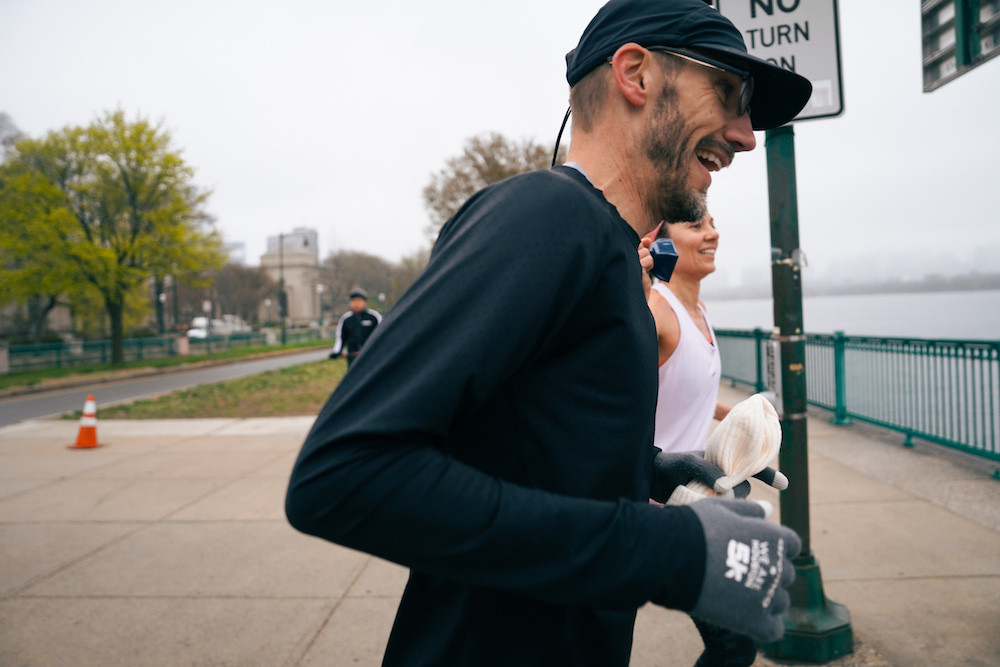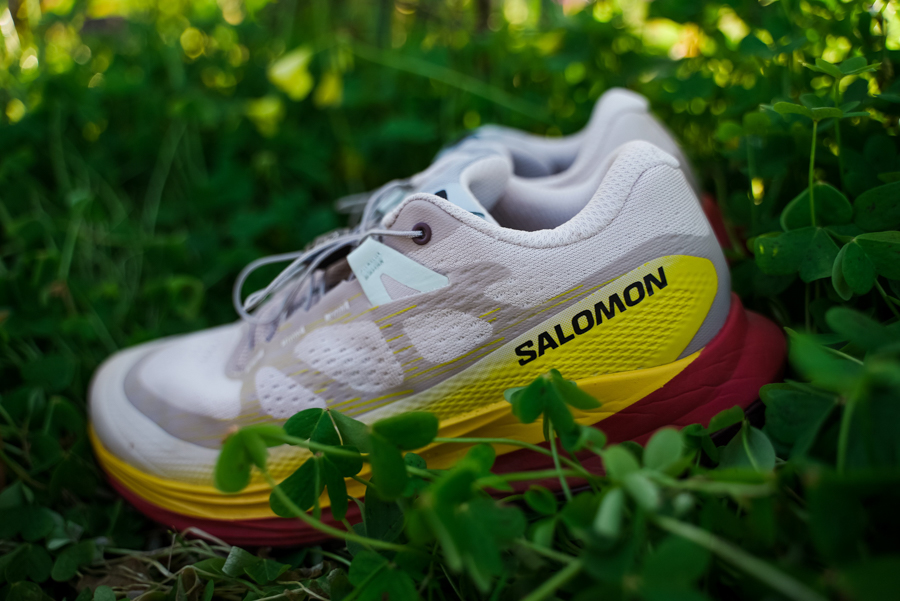
Go into physical therapy with a plan
Don’t be afraid to put in the work
You will feel better… eventually
SHANNON: Whether you’re finishing a grueling marathon cycle, prepping for the indoor season, or checking off miles in your base-building block, a debilitating injury can come at any time. And the chances are your healthcare provider will recommend a course of physical therapy.
Skeptical?
I get it. Physical therapy can be a drag. It’s uncomfortable, it’s a time-suck, and the home exercises can feel awkward at best and useless at worst.
And yet. When it comes to physical therapy, the proof is in the pudding. Studies show that physical therapy outweighs more invasive interventions, from steroid shots to surgery. So before you throw those resistance bands in the trash, here are five tried and true tips to help you get the most out of your physical therapy visits.
SHANNON: Just because a PT is a runner and named their practice “Sports PT” doesn’t mean they’re the best choice to treat running injuries. Ask your therapist how often they’ve treated your diagnosis or how frequently they see athletes. Have they done any recent courses on sport-specific rehab? Some physical therapists will have the letters “OCS,” “SCS,” or “CSCS” after their name, which means they’ve passed an additional board exam in orthopedics, sports, or strength and conditioning, respectively.
Your PT should also watch you run on the treadmill and inspect your shoes. The rehab exercises they assign to you should also mimic running — think plyometrics and lots of standing single-leg strengthening. When in doubt, ask questions or look for a second opinion.

SHANNON: Your PT will most likely want to know the nitty-gritty details of your training. Did you change shoes recently? What’s your weekly mileage, and have you upped it recently? Do you train on roads or trails? Does the pain come on at mile 1 or mile 6? Does it feel sharp or dull? If you can, show up in your running gear so they can see the wear on your shoes. The more information you can bring about your training and your injury, the better.
SHANNON: Are you just doing therapy so your insurance will approve a cortisone shot? Have you tried PT before and it just didn’t work? Let them know. This gives therapists an opportunity to explain their treatment plan and get you on board. Feel free to ask questions or bring in articles of your own. Good therapists like being challenged and can handle any doubts you have.

SHANNON: In most cases, running injuries are overuse injuries that were caused by miles of microtrauma. It’s going to take time to heal the injury and then retrain the body to move differently to avoid reinjuring the area. It can take upwards of 4 weeks to even begin to detect measurable strength gains. It will take even longer to add on power and agility to manage the dynamic load that running demands.
Be patient, be patient, be patient.
SHANNON: Trust the process. You didn’t train for your goal race by running once a week, and rehabilitation is the same way. Really think about what’s keeping you from being consistent. Does it feel too easy? Tell your PT so they can scale it up. Don’t think it’ll actually work? Be consistent for four weeks. You should be able to see progress by then. Can’t find the time? If you notice you’re tackling upwards of 7-10 exercises, talk to your PT to see which ones you should prioritize to keep the time manageable.
All in all, physical therapy can feel daunting and frustrating when you just want a quick fix to run pain-free. But giving it an actual shot to work may save you surgery and years of residual pain down the road.
Have something to say? Leave a Comment

Shannon is a physical therapist who had never heard of a “tempo” until she signed up for her first marathon at the age of 30. Now she’s determined to chip away at her PRs while using her expertise to empower young female athletes. When she’s not running, you can find her chasing her two toddlers, watching reality TV, or obsessively scrolling Zillow.
More from Shannon

Physical Therapy is important for people who need serious rehabilitation after an unfortunate accident. However, nowadays with so much information available online, I think it’s a total waste of money for run of the mill common running injuries. Insurance nowadays covers very little of it and a good GP can diagnose most injuries and how to treat them. Most injuries are fixed by a few strengthening exercises in the gym and rest from running. I also don’t really think a physio therapist can get you back running faster. Just an honest opinion.